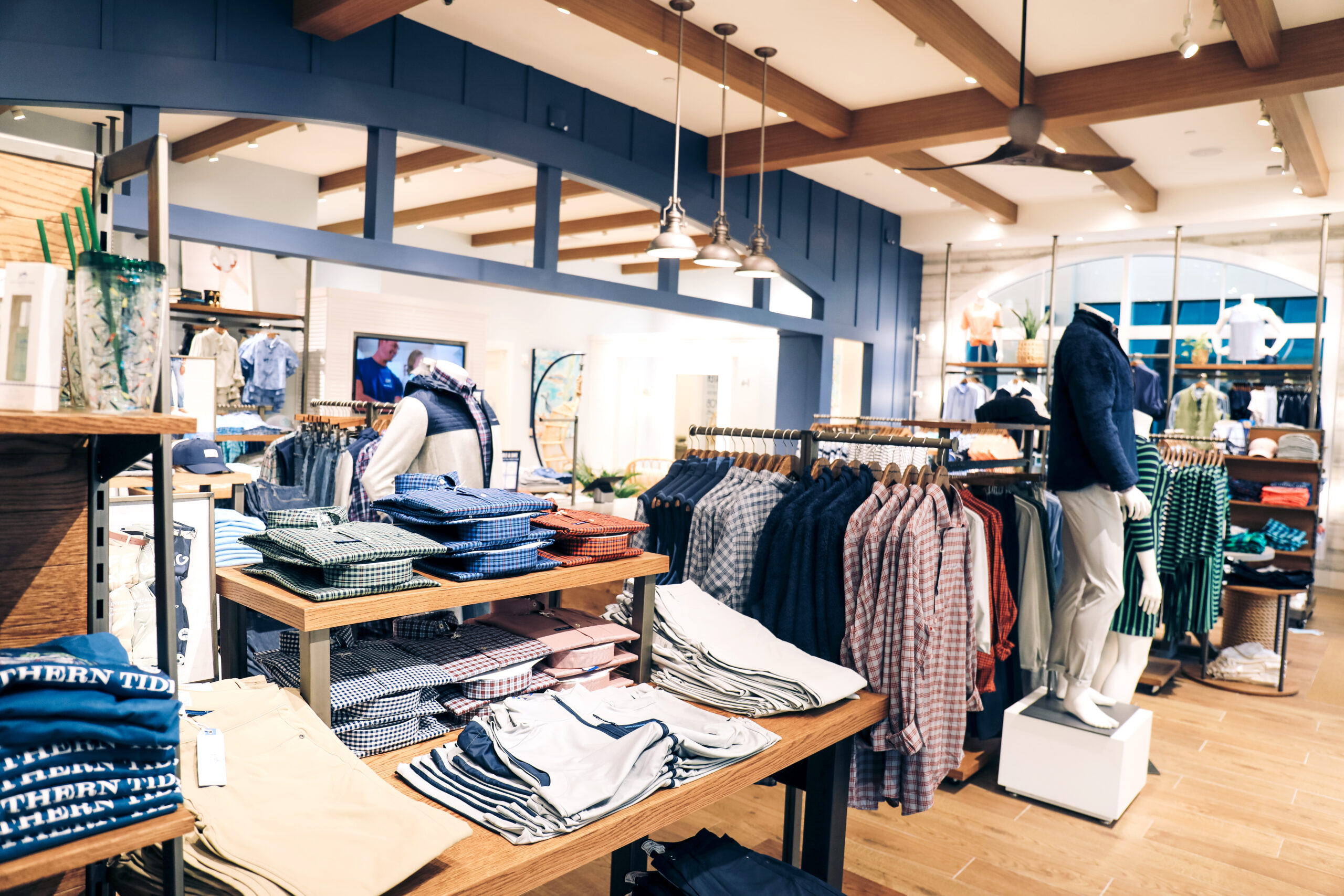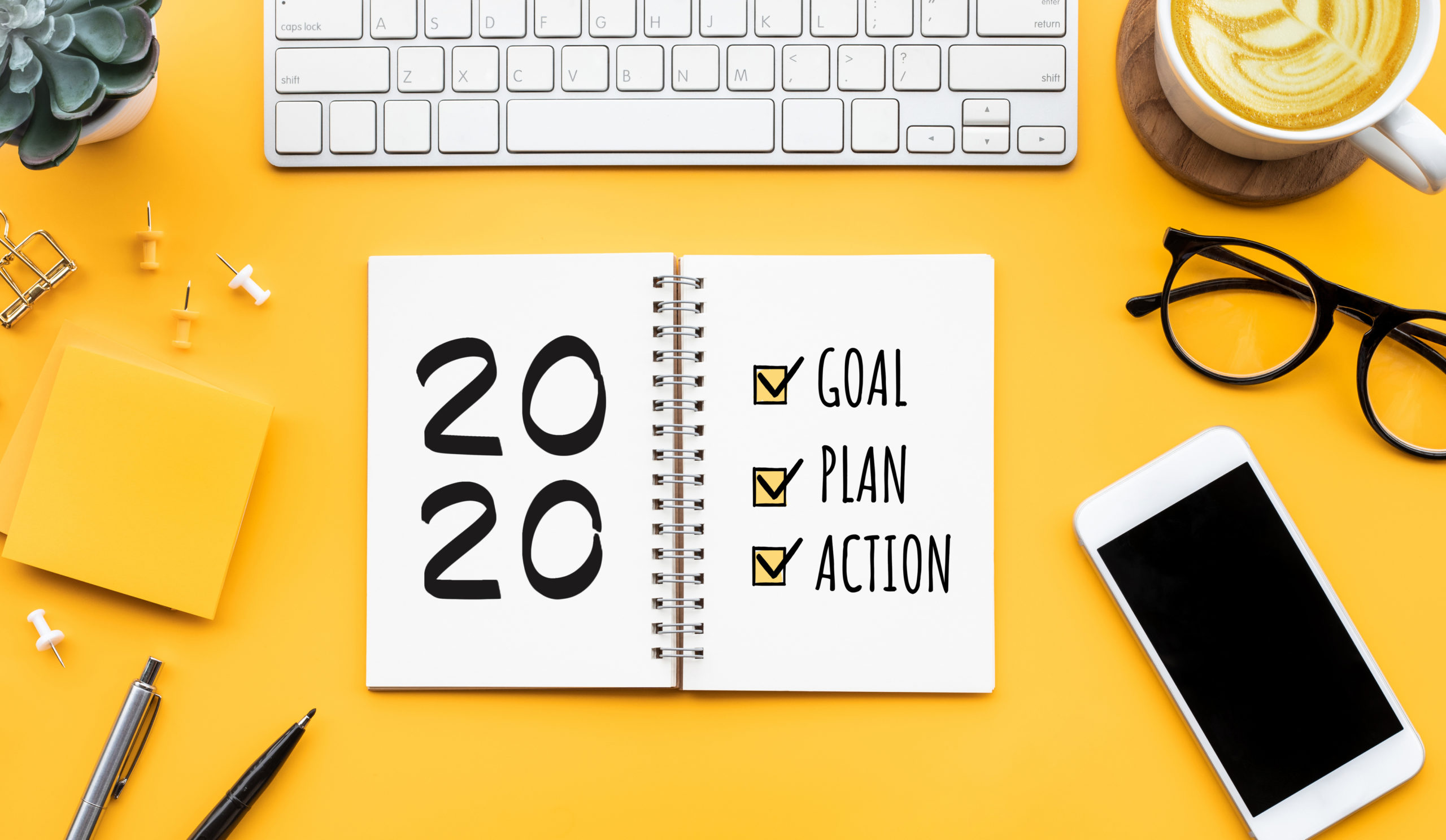The design layout of your fitness center plays a significant role in the guest experience you provide to your customers. While functionality is any gym’s primary concern, having a smooth flowing layout that’s aesthetically pleasing is just as important.
Many fitness centers cater to different demographics and styles of fitness. Whether its circuit training, aerobics, yoga, cycling, swimming or strength training, each form of workout requires a different layout and an adequate amount of space. Determining the type of equipment and machinery is also crucial. For example, if there’s always a wait time to utilize the squat rack or treadmill, consider expanding and providing more of the same equipment and less of the unnecessary products. Overcrowding a gym with useless machinery is not only a waste of perfectly good space, but business growth as well. Your fitness center should flow easily and be set up in an organized manner where customers can find what they need immediately. Providing products that are in high-demand is a great way to attract consumers and generate sales.
Gym productivity doesn’t only come from machinery, music and motivation, but lighting as well. If you think about it, lighting has a significant impact on our moods and the ambience of a room. Most gyms incorporate as much lighting as possible, in part because of the energy efficiencies and mood enhancements it creates. The more alert you are, the more energized you will feel. Natural lighting within gyms provide a positive effect on your alertness. Softer lighting creates a more calming environment which are perfect for yoga and meditation. Combining different lighting techniques allows your gym to flow better and develop the right mood within each space. Whether we increase the lighting for a HIIT class or dim the lighting for yoga and meditation, it’s important to understand what kind of energy you are setting.
The color of your gym also plays a major role. According to behavioral psychologists, color affects an individual’s emotions, mind and body. For example, bold colors portray strength, power and positivity, but can also cause irritation and aggression. Blue tones represent stability, serenity and trust, creating a calming effect that can actually suppress a person’s appetite. Green is a primary color and considered to be the most calming and neutral of shades. It represent balance, health, stress relief, harmony, rest, growth and nature. However, yellow-greens can be associated with inexperience or sickness and discord. Neon colors stimulate energy in cardio rooms, however, overdoing it can add visual strain and stress. As you can see, color plays a major role in our lives and it’s important to maintain a color balance that motivates rather than irritates us.
A person’s psychological well-being is affected by environmental factors which include cleanliness, design, ventilation, color and appeal. Building a gym that marries design and body engagements can boost the gym-goers productivity and your fitness center’s profitability. It can also contribute to a member’s comfort and confidence level and how they engage in physical activities. A fitness center is a second home for individuals who are looking to alter their habits and develop a healthy lifestyle. This means the layout should embody those values that your consumers are seeking.




